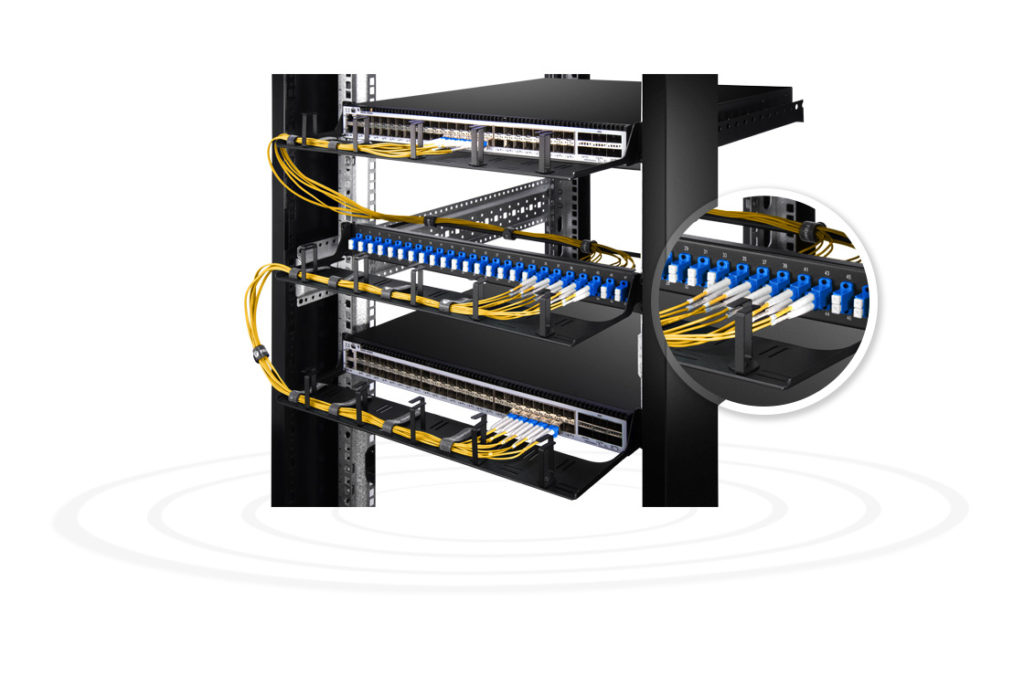Different systems is usually equipped with a functional unit which aims at improving work efficiency and performance of such a system. In fiber cabling system, a fiber patch panel is regarded as the functional unit. Data transmission may become ineffective if there is no fiber patch panel. Since it’s introduced in telecommunication, fiber patch panel has opened up new possibilities for cable management and data communication. It can connect all horizontal and vertical cables in any facilities, for changing the long and troublesome cables into ordered and more manageable ones, as a result, the signal can be connected directly to its destination via a patch code. In terms of different designs, wall mount patch panel and rack mount patch panel are the two types. Today, we will discuss FHD wall mount patch panel.
Overview of FHD Wall Mount Patch Panel
Form the name, we know FHD wall mount patch panel is a patch panel with high density cassettes fixed on walls. The cassettes lie in a space-saving and mountable panel enclosure. As the following figure shows, it includes two separate parts. The left side can accommodate outside cables entering the device while the right side is used for internal cable assembly network. Both sides have a door that can be locked separately for security.
Benefits of FHD Wall Mount Patch Panel
Once installed, enterprises can use the FHD wall mount patch panel to connect and disconnect different types of cables. This particular wall mount enclosure has many benefits.
- Saving Space
Space saving is the obvious benefit that can be seen. In data centers, technicians always hope the working space could be larger, the larger the better, so that they can introduce and use the most advanced equipment to upgrade networks or do some researching. Wall mount patch panel makes it possible for optimizing their work space by keeping the equipment off floors or desks.
- Increased Capacity
FS.COM wall mount interconnect enclosure can house 2pcs FHD series MTP modular cassettes or fiber adapter panels, providing a convenient convergence point for interconnecting and splicing in wall mount applications.
- Easy Installation
There is no need to use tool to install the cassette which helps simplify installation process. Users can assemble a FHD wall mount patch panel quickly with the instruction book.
- Additional Security
FHD wall mount patch panel have two doors that will reduce the risk of accidental restart, bumping or other work done computer equipment. In some sense, using a patch enclosure can protect devices and cables against the dust and is easy for cleaning.
FHD Wall Mount VS FHD Rack Mount Patch Panel
FHD rack mount patch panel look like a drawer. Compared with the wall mount product, the differences lie in many aspects such as the installation, application and designs. For more details about the two types, you may visit this article Wall Mount VS Rack Mount Patch Panel.
Conclusion
FHD wall mount patch panel is a perfect solution in cabling system. It’s a quite smart choice for those who have big technology demand of a limited space. So if you’re looking for a space-saving and secure way to store your fiber optic cables, then FS.COM is the place for you.
